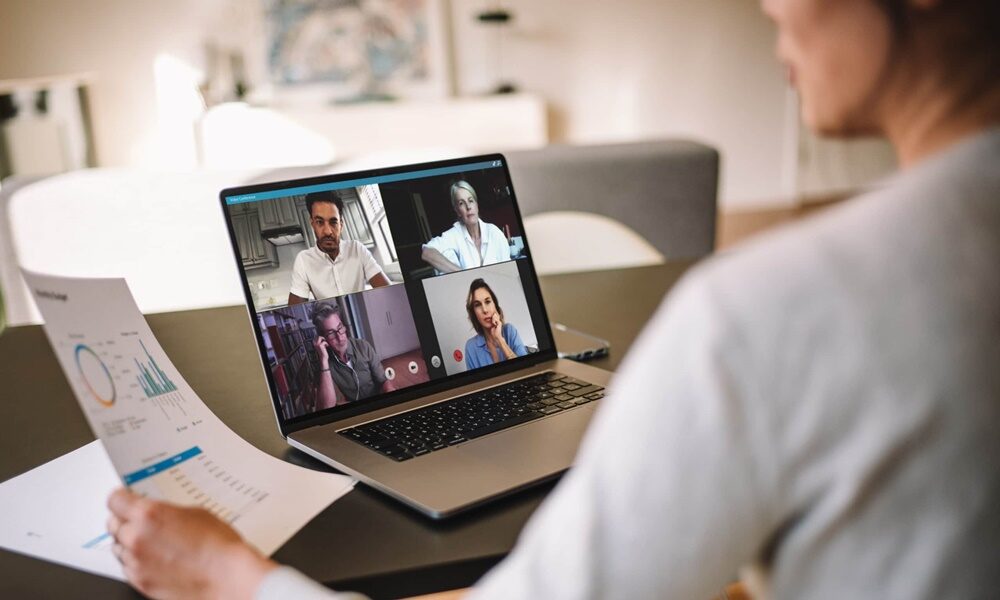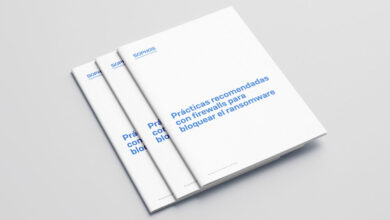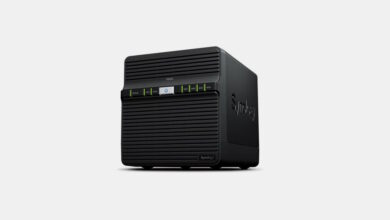
Productivity and teleworking, the era of surveillance? It is not that teleworking or hybrid work did not exist before March 2020, when the Covid-19 pandemic became official around the world. But it has been as a result of this, when many companies and workers have discovered a way of working where physical presence is not entirely necessary. However, how to control workers who carry out their tasks from home? Digital surveillance is the key. And this has done nothing but increase since then.
At least this is what a survey carried out by Prospect Union, the union that represents specialized technology workers in the United Kingdom, affirms. Needless to say, with the data on the table, the conclusions of this report could easily be extrapolated to any Western country experiencing a important presence of teleworking in the last two years.
And the results leave no room for doubt: 1 in 5 workers are subject to workplace surveillance software. Used this one to monitor your activity in both office, hybrid and remote environments. Prospect Union says that digital surveillance has already become an established feature in many companies in the so-called ‘post-pandemic economy’.
How Digital Surveillance Monitoring Software Works
To carry out the control of employees, organizations use what are known as monitoring software. These allow access to a large amount of information about the activities of your employees. From recording keystrokes and mouse clicks, to tracking physical location or use of applications or websites.
With this information, companies can perform behavioral and predictive analytics allowing managers to understand and track cHow productive are employees in their workday. Although they can also use it to use algorithms with human resources functions, including hiring and firing.
The concern of technology workers
The Prospect study also shows the concern of tech professionals about such control. Only 11% of those surveyed were sure about what information the company collects and is interested in while they carry out their tasks working in front of the computer. And almost 50% felt “somewhat” or “very” unsure about such collection and the use given to the information.
The study is clear: “Digital technology means that we can now work almost anywhere, but it also means that our work can follow us everywhere. The fact that this surveillance is affecting tech workers shows the extent to which digital technology is changing the way we manage and work.”
The survey also brings to the table an important aspect: the need to update the labor rights of workers and contemplate in these the use of data and monitoring technologies, “we encourage anyone concerned about surveillance or monitoring to contact their union representative or join a union.”
A similar survey, carried out by YouGov in 2020, already put the issue on the table: 20% of UK companies used employee monitoring software at the dawn of the pandemic or planned to use it. A practice that is also more frequent in larger companies.
Another investigation, this one carried out by Ipsos and published this same year, highlighted a fact that is at least remarkable: 6 out of 10 workers in the United Kingdom are in favor of establishing a “legal right to disconnect«. Which would allow employees to ignore work-related communications such as emails and text messages outside of their contract work hours.
To address the growing power imbalances between employers and employees created by the deployment of digital monitoring softwareProspect’s guide outlines four pillars that every worker should consider regarding technologies in their workplace: consultation, negotiation, challenge, and organization.



